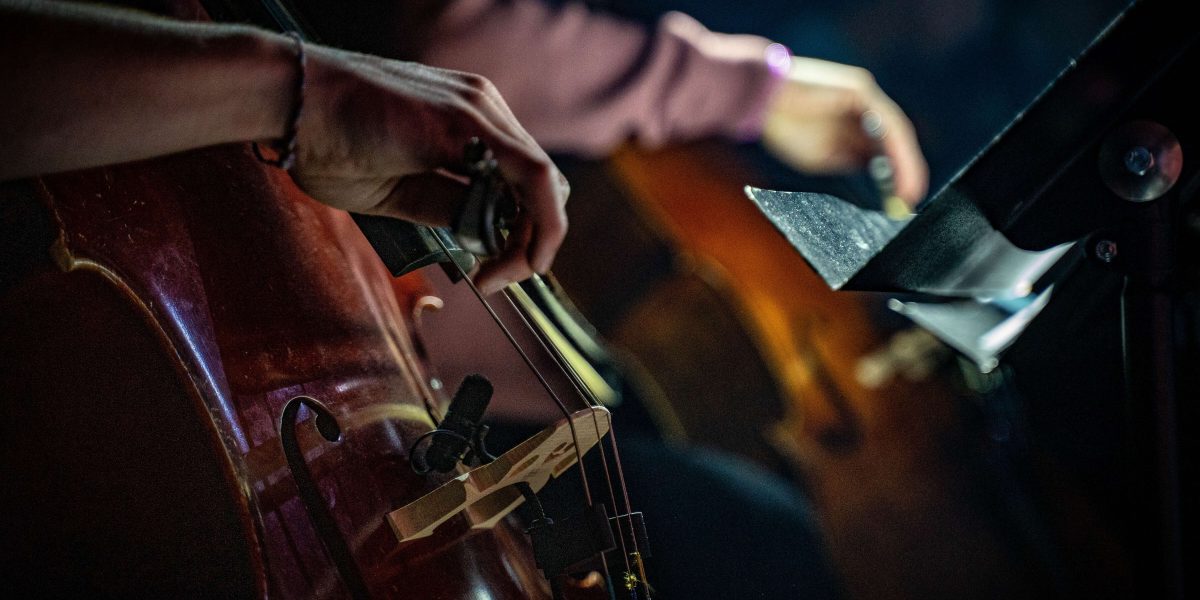The longer a dispute drags on, the less likely a collaborative solution often appears to be. But that view may be pessimistic: At a certain point, the time will be ripe for agreement. A labor dispute between the Minnesota Orchestra’s musicians and management highlights negotiation mistakes that can drive us apart—and ripeness theory suggests how we can come back together.
A Troubled Season
In 2012, the Minnesota Orchestra was in crisis, facing declining ticket sales and mounting deficits. Orchestra president and CEO Michael Henson proposed significant budget cuts, most notably a 32% reduction in player salaries—from $113,000 to $78,000, on average—the New York Times reports. When the musicians rejected the proposal and refused to negotiate, management locked them out and began canceling concerts.
The lockout dragged on for months. In April 2013, the orchestra’s illustrious music director, Osmo Vänskä, informed management that he would resign in September if the dispute led to the cancellation of the orchestra’s concerts at New York’s Carnegie Hall, scheduled for November.
In May, the orchestra canceled the remainder of its 2012–13 season. Two months later, George Mitchell, the mediator who brokered peace in Northern Ireland, signed on to mediate the dispute but was unable to convince the parties to negotiate.
An Enduring Pause
With the clock ticking toward Vänskä’s resignation and the 2013–14 season, Minnesota community groups and foundations raised funds and offered each of the 84 musicians a $20,000 bonus to help offset the proposed pay cut. The net result would equal an average salary of $104,500, a 17.5% pay reduction, and at least 10 weeks of paid vacation per year.
On September 28, the musicians rejected the offer, seemingly confident that Vänskä would not resign—but they were wrong. The Carnegie Hall concerts were called off, and on October 1, Vänskä resigned, as did Aaron Jay Kernis, the director of the orchestra’s Composer Institute. “I have personally never seen two sides that show such unwillingness to sit down together,” Kernis wrote in a letter to the orchestra’s board.
The lockout dragged on for more than a year, even as state and local officials “pleaded for resolution,” according to the Times. Finally, in January 2014, the parties reached a deal. The musicians agreed to a new contract with smaller pay cuts than management had demanded: 15% the first year, followed by a 2% raise the second year and 3% the third year, for an average salary of $102,284. Musicians also agreed to shoulder significantly more of their health-care costs.
Vänskä was rehired, and two years later, the Times reported the orchestra had largely recovered from the crisis.
Mistakes Made
The list of what went wrong in Minneapolis is long. Management angered the musicians by refusing to accept responsibility for its role in the orchestra’s fiscal crisis. The musicians allowed mistrust and animosity to fester by refusing to engage in dispute resolution. Each side escalated its commitment to the conflict through provocative moves.
The parties also framed their dispute as a fight over a single issue—salary—and ignored opportunities to work together. Moreover, overconfidence appeared to lead each side to believe it had the stronger case—and to underestimate the other party’s willingness to stand firm.
Applying Ripeness Theory to Conflicts
What brings disputants who have reached impasse back together? A school of thought known as ripeness theory considers what makes conflicts ripe for resolution, Tufts University professor Jeswald Salacuse writes in his book Negotiating Life: Secrets for Everyday Diplomacy and Deal Making. Conflicts become ripe in the presence of two conditions, according to ripeness theorist I. William Zartman: (1) the parties are experiencing a mutually harmful stalemate, and (2) both sides see a way out of the conflict.
Ripeness theory offers guidelines to help you move your conflict beyond impasse, writes Salacuse:
- Examine perceptions. How each party perceives the conflict affects whether they will negotiate, so continually assess whether your perceptions and those of the other party agree with reality. That might mean jointly commissioning an impartial financial analysis or providing direct evidence to alleviate the other party’s concerns.
- Recognize that perceptions change. Because our perceptions of a conflict can change, view long-standing disputes as malleable rather than intractable.
- Maintain contact. Remain in contact with the other party in your dispute. Encourage them to accept that your existing approaches aren’t working, that the status quo is too costly, and that negotiating offers hope of improvement.
- Capitalize on leadership changes. The departure of a divisive leader on one side of the conflict can offer new hope for resolution. Take advantage of such changes by advancing a new offer to negotiate or making a new settlement proposal, working through a mediator if necessary.
How might the principles of ripeness theory help you resolve an ongoing dispute?
